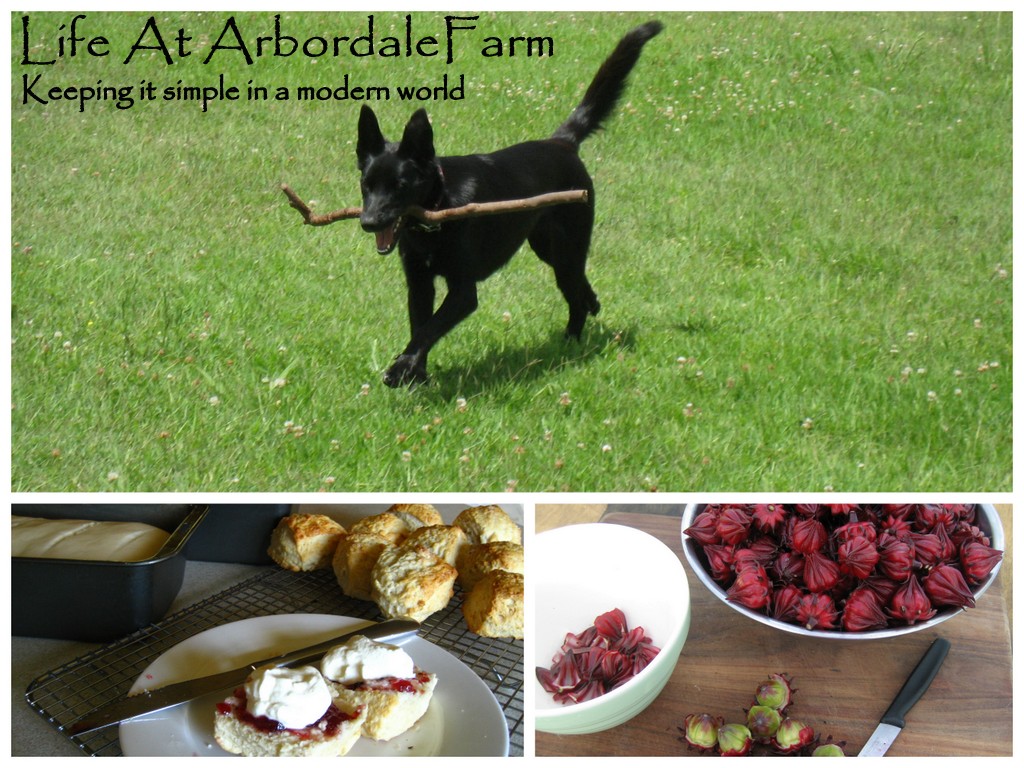A little while ago I read Michael Pollans book "In Defense Of Food"
It is a easy to read book and if ever you wanted some no nonsense advice about good eating then this is the book for you.
| Image from here |
These are my favourite statements from the book:
“Eat food. Not too much. Mostly plants.” Sound advice indeed, can you imagine how many peoples lives and health would be improved if they followed this simple statement.
“Don’t eat anything your great-grandmother wouldn’t recognise as food.” Going back to the way your nanna cooked is one of the best things you can do for your future health. Sticking to meat and three veg, using real butter, eating whole foods like egg yolks and chicken skin, and even making your own bone broth like granddad did.
“Real food tends to be on the perimeters of the supermarket…” Yep unlike the middle aisles – stocked with mostly packaged food – the outer edges focus on fresh meat, fish, dairy and produce. When you build your diet this way, you automatically reduce sugars and unfamiliar, unpronounceable ingredients that can derail your plans for health.
“We are what we eat eats too.” Yep just read that again. If the animals you eat were not cared for and respected and fed a diet suited to their digestion (eg grass fed not grain fed beef, free range pigs and pasture raised chickens) then how can you expect their flesh to bring maximum nutrition to you. Plants are also affected by the environments in which they are grown. How can we expect them to provide us with macro and micro nutrients if they are grow in dead herbicide laden soils.
“Shake the hand that feeds you.” Eating locally and knowing the person growing your food means you can ask questions and feel informed about your food choices and can be a fool-proof way to eat for wellness. You are also doing the environment a favour by reducing the food miles.
“Most of what we’re consuming today is no longer, strictly speaking, food at all, and how we’re consuming it – in the car, in front of the TV, and, increasingly, alone – is not really eating, at least not in the sense that civilisation has long understood the term.” Hello mindful eating, just changing your behaviours to ensure self-awareness before you eat, can improve your emotional state and we need to get back to eating at home and treating the food with some love and respect and treating every mealtime as a chance to celebrate good food. Now this might be going a bit far for some people but lets get away from eating on the run and shoving faux foods in our mouths.
“Shake the hand that feeds you.” Eating locally and knowing the person growing your food means you can ask questions and feel informed about your food choices and can be a fool-proof way to eat for wellness. You are also doing the environment a favour by reducing the food miles.
“Most of what we’re consuming today is no longer, strictly speaking, food at all, and how we’re consuming it – in the car, in front of the TV, and, increasingly, alone – is not really eating, at least not in the sense that civilisation has long understood the term.” Hello mindful eating, just changing your behaviours to ensure self-awareness before you eat, can improve your emotional state and we need to get back to eating at home and treating the food with some love and respect and treating every mealtime as a chance to celebrate good food. Now this might be going a bit far for some people but lets get away from eating on the run and shoving faux foods in our mouths.
Do you have any other great rules about eating?












